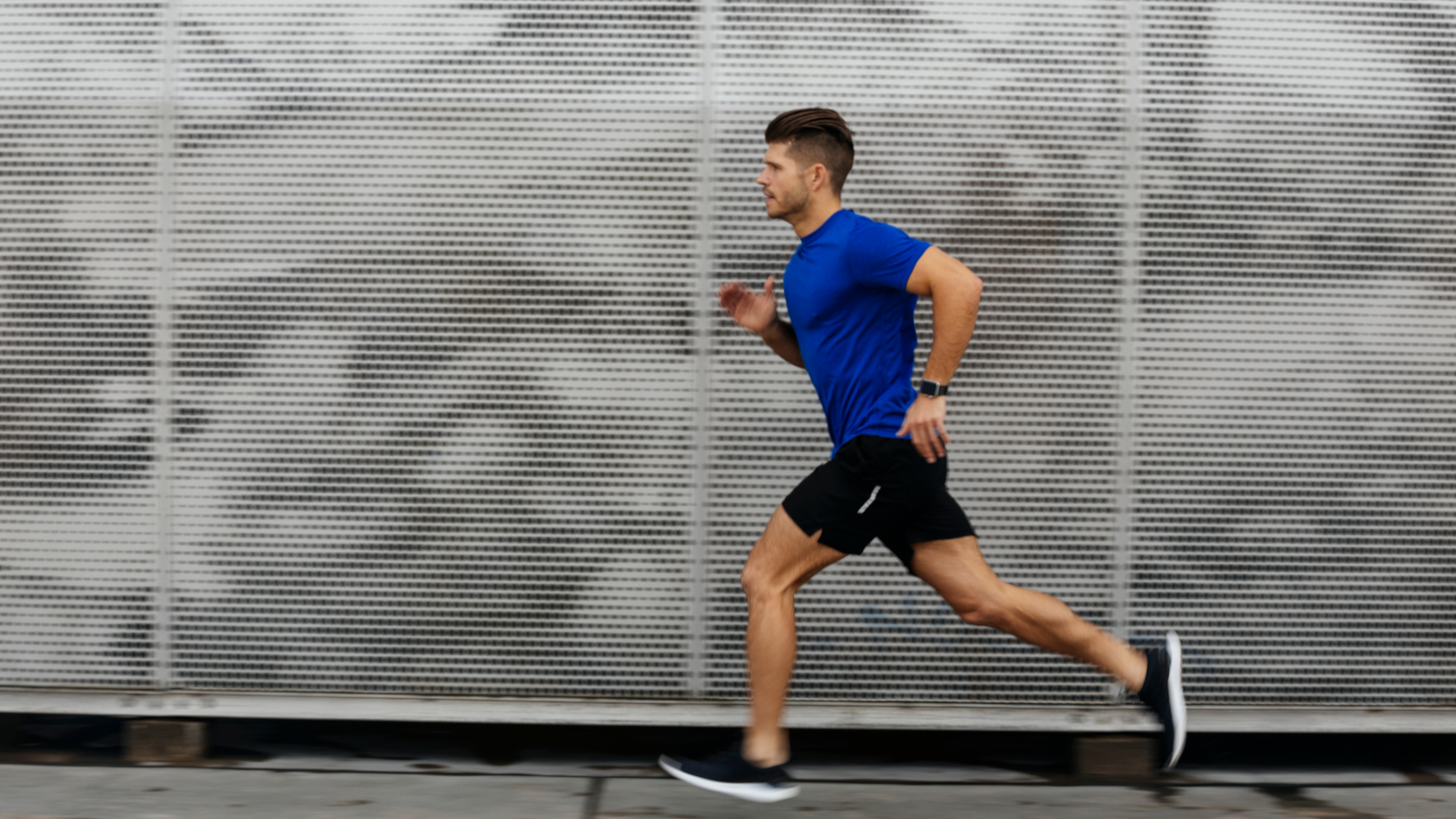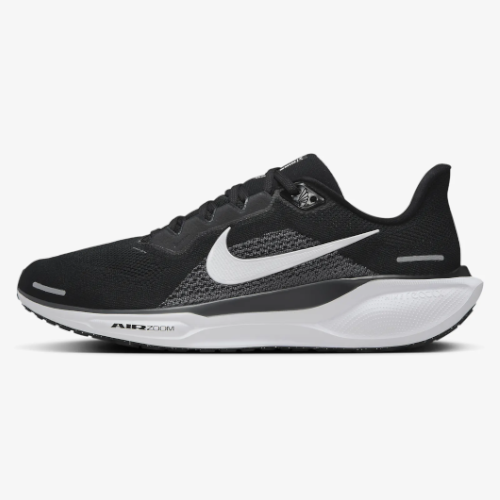
Running is all the rage right now, thanks to the rise of endurance events, like HYROX, and the boom of run clubs, and it’s showing no signs of slowing down according to our 2025 fitness trends.
But, pounding the pavement for the first time, whether you’re a total newbie or have taken a bit of a break, can feel daunting. Are you simply meant to lace up your running shoes, hit the road (or treadmill) and hope for the best?
You could do this, or one method that can step you in the right direction is the ‘run-walk’ method, also known as ‘jeffing’.
“There are so many benefits to the run-walk method,” says Jordan Foster, from Coopah Running. “By incorporating walk-run intervals into your training it can help to gradually build your overall fitness, reduce your risk of injury, and increase your confidence with running.“
After all, we all know how intimidating running for 20 minutes, non-stop, can feel, but by breaking it down into smaller, more manageable segments, it becomes much more attainable. Plus, this approach will help keep you motivated and encourage you to stay committed to your running journey.
The technique— which was actually founded by Jeff Galloway, a former Olympic runner— isn’t just for beginners either. “It’s actually a very popular method for marathon training,” adds Jordan. “Not only can it help to reduce the risk of injury, it can also help to reduce fatigue and even improve your overall pace on race day.”

Nike Pegasus 41
The Pegasus 41 is a reliable everyday road running shoe for beginners. It's equipped with responsive cushioning for an energised ride, is lightweight on the foot, and is breathable.
How to figure out your ‘run-walk’ ratio?
So, you’ve got the recipe for run success, but now you need the ingredients, AKA to know how much running and walking to do. The good news is, is that Jordan says there are no ‘set rules’ here and it all comes down to what is best for you.
“If you are a complete beginner I would suggest starting with a 60:60 ratio (60 seconds running followed by 60 seconds walking). Once that feels comfortable you can then look to increase the time you are running, whilst gradually decreasing your rest period.”
Just remember, your walk period is designed to help you catch your breath and lower your heart rate slightly so that you’re ready to run again.
If you’re training for a longer endurance event, like a marathon, then Jordan suggests experimenting with longer walk-run intervals. “For example, you may want to try the 1:4 method, which is one-minute walking, followed by four minutes of running, and you may find this actually makes your overall pace quicker too,” she says.







